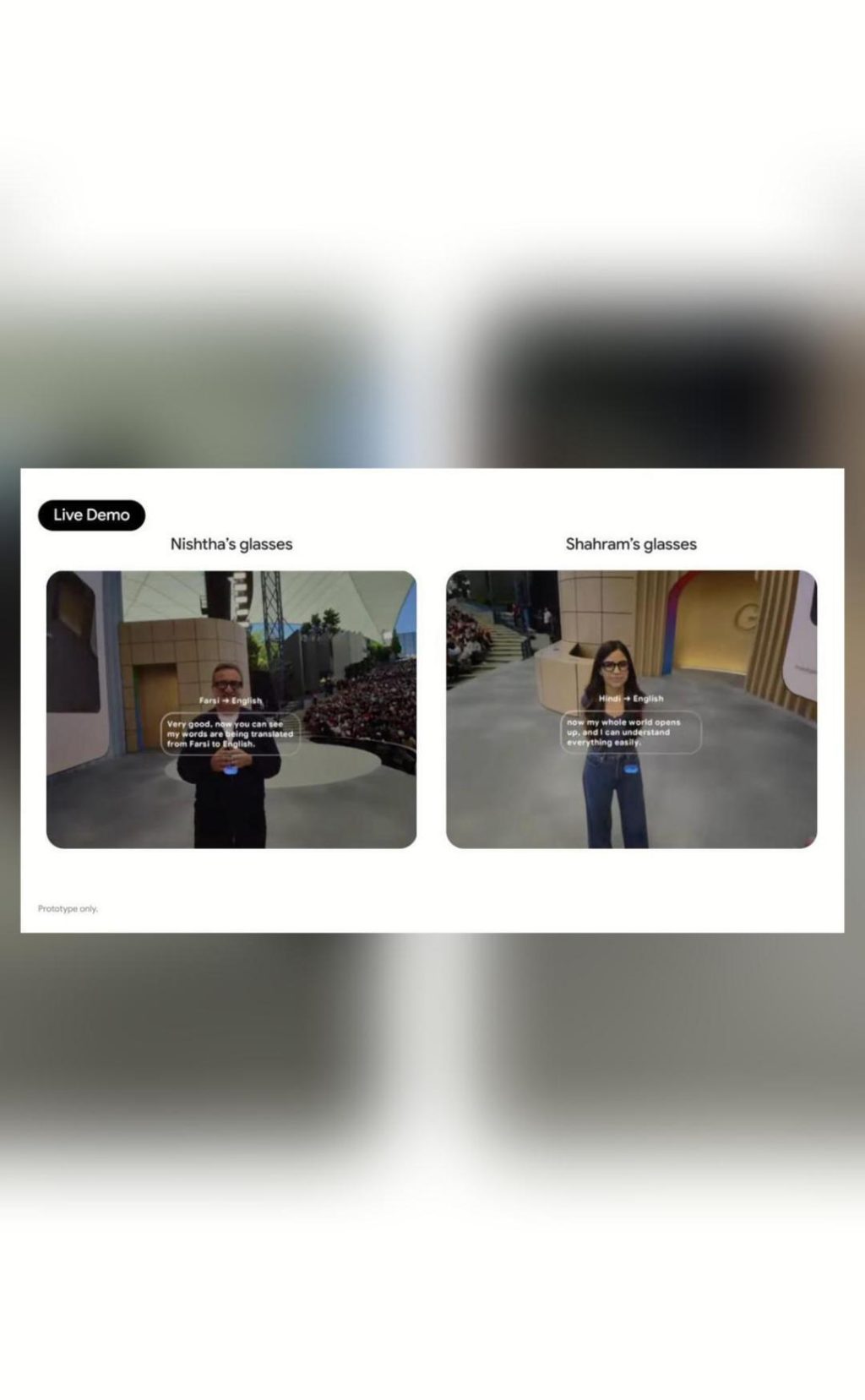
Google Live Translation Tool’s Demo Fails on Stage, Seconds After Execs Called it ‘Risky’
The annual Google I/O developer conference is always an exciting event, filled with innovative announcements and demos of the company’s latest technologies. This year, however, the excitement was short-lived as a live demo of Google’s Live Translation feature failed on stage just seconds after senior executives called it “very risky”.
The demo, which was being performed using a pair of extended reality (XR) glasses running on the newly-launched Android XR, was meant to showcase the feature’s ability to translate languages in real-time. The presenters, a pair of senior Google executives, began by donning the XR glasses and proceeding to recite two phrases in Hindi and Farsi. The translation feature worked seamlessly, providing accurate English translations of the phrases.
But just as the demo was about to conclude, disaster struck. The XR glasses suddenly froze, and the translation feature ceased to function. The presenters, clearly taken aback, tried to troubleshoot the issue, but it soon became apparent that the demo had failed.
The irony of the situation was not lost on the audience, who had just been told by the executives that the demo was “very risky”. The remark was likely meant to convey the complexity and potential pitfalls of the technology, but it only served to make the failure more embarrassing.
The Google Live Translation feature is a significant innovation in the field of language translation, allowing users to communicate in real-time with people who speak different languages. The technology uses machine learning algorithms to translate spoken language in real-time, and is designed to be used in a variety of settings, from business to travel.
The failure of the demo has raised questions about the reliability and practicality of the technology. While it is understandable that any new technology may experience teething issues, the failure of the demo on stage has cast a shadow over the feature’s potential.
Despite the setback, Google is likely to continue developing the Live Translation feature, and it is possible that the technology will eventually become a valuable tool for people who need to communicate in different languages. However, the failure of the demo has highlighted the importance of testing and refining new technology before showcasing it on stage.
The demo failure has also sparked debate among tech enthusiasts and linguists about the potential limitations of machine translation. While machine translation has made significant progress in recent years, it is still not perfect, and there is a risk that the technology may not be able to accurately capture the nuances of different languages.
The Google Live Translation feature is not without its precedents. In recent years, there have been several high-profile failures of language translation technology, including a demonstration of a Chinese language translation system that was unable to translate a simple sentence correctly.
Despite these setbacks, Google is not the only company working on language translation technology. Other tech giants, such as Microsoft and Facebook, are also investing heavily in the field, and there is a growing sense that language translation is an essential tool for the modern world.
In conclusion, the failure of the Google Live Translation demo on stage at the I/O developer conference was a significant moment, highlighting both the potential and the limitations of the technology. While the demo failure was embarrassing for Google, it also served as a reminder of the importance of testing and refining new technology before showcasing it to the public.
Source: https://youtu.be/o8NiE3XMPrM






